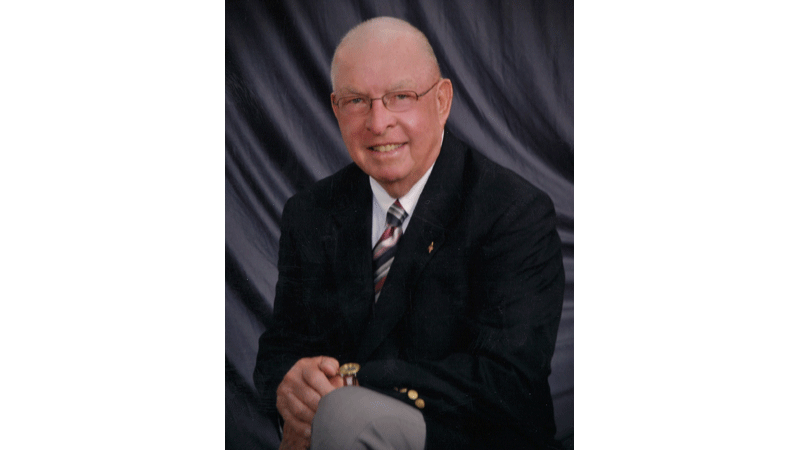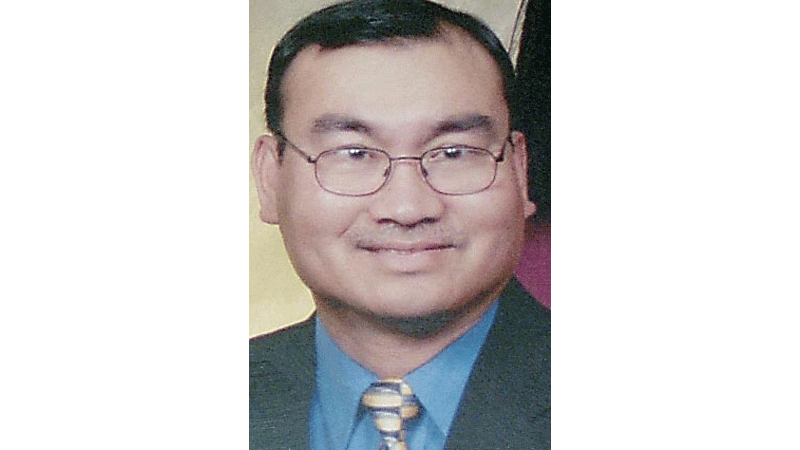The return of the military
Published 9:34 am Wednesday, January 11, 2012
by Hubert Bridges Jr.
Pvt. William Gibson was a farmer from Cleveland County, N.C. He enlisted in the Army of The Confederate States of America on Feb. 20,1863; he was 37.
He farmed in the small town of Earl, N.C, with the help of his wife, Sarah, and a tenant.
After entering the Army, he became a member of the 55th North Carolina Troops, Company D. They were known as the Cleveland Fanners.
They moved from Petersburg to the Franklin Depot in late February to guard the Blackwater River. On April 11, they crossed the Blackwater and marched to Suffolk, where they were engaged with the enemy until May 3, and returned to South Quay on the Blackwater. They crossed on May 4.
Other units of the Army had done extensive foraging in northeast North Carolina. The march resumed at 6 a.m. on May 5 and headed toward the trains in Ivor.
The march was turned around on May 6, and return was made to Camp Hoke, three to four miles from the Blackwater. The brigade returned to the fields around Joyners Church, now Hunterdale Christian Church, on May 15. On June 3, they marched to Ivor and boarded the train to Petersburg and marched to Richmond. They became part of the Army of Northern Virginia.
The march north began on July 1; they arrived at Gettysburg, Pa. And they were involved in heavy fighting around the railroad cut.
They were in reserve on July 2, and then were involved in heavy fighting on the July 3. On July 4, they held their position, and that afternoon, they retreated in the rain.
The 55th NC moved back through Maryland and into Virginia and arrived at Culpepper on July 25.
They camped in the vicinity of Orange on Nov. 9, 1863. The Army went into winter encampment. On May 4,1864, the brigade broke camp and headed east on the Orange Plank Road. They arrived at The Wilderness and went into position on the north side of the road at 5 a.m. Billy was shot in the head by a sharpshooter that day and killed instantly.
Lawson Allen Bridges was born Nov. 7, 1835, in Rutherford County N.C. He moved to Cleveland County, the adjoining county, where he was a farmer.
Bridges joined The Confederate Army on May 10, 1862, at age 26 for the duration of the war. He mustered into the 56th North Carolina Co. F, The Cleveland Riflemen on July 31, 1862.
On Aug. 8, 1862, they were operating in the Goldsboro area, and by Aug. 23, were in Wilmington. The 56th had moved back to Tarboro, N.C., on Nov. 15 and received orders to march to Franklin.
The march began and they arrived on the west bank of the Nottoway River on the 18th. The river was crossed the next day and the 56th arrived in Franklin on Aug. 19. They were sent to New South Quay on the Blackwater. They remained there for two weeks.
On Dec. 14 they went on patrol to Edwards Store; also some members went to the forks of the rivers and engaged an enemy gunboat with 13 rounds of artillery. They returned to Franklin on Dec. 17. And returned to North Carolina on Jan. 4, 1863.
After returning to Virginia on May 29, the 56lh took the trains to just above Ivor; on June 3, they conducted raids across the river. These raids were mainly foraging expeditions.
On June 11 they returned to Petersburg, where on July 27, the return was made to Weldon, N.C. In September, the 56th went to the western part of North Carolina for the remainder of the year.
On March 25, they arrived at Murphey’s Station below Franklin. From there the went into North Carolina, crossing and re-crossing at South Quay, and were back in Franklin on April 11, 1864.
They went to Weldon, N.C., and from there returned to Petersburg on May 14, 1864.
The 56th was present at various battles in and around Petersburg. On March 25, 1865, now Sgt. Lawson A. Bridges was captured in battle at Fort Stedman. He arrived at Point Lookout, Md,. a Union prison camp on March 27, 1865. He was released on June 23, 1865, after taking the oath of allegiance .
Lelia Warren, granddaughter of William Gibson and Oscar Bridges, grandson of Lawson Bridges, were married in the early 1900s. They moved to Alabama and then Georgia, where Oscar was a logger.
Their marriage produced sons Gordon, Hubert and Glenn. The family moved to Franklin in the early 1930s to help log the Dyer woods, a tract of virgin timber in the Sunbeam area.
The first night was spent in a large room on the second floor of a store on South Street. They later cut lumber and built houses outside Sunbeam — one for the boys and one for the parents. The circle was complete.
HUBERT BRIDGES JR. is a member of Urquhart-Gillette Camp 1471 of the Sons of Confederate Veterans and can be reached at hubertbridgers@msn.com.





